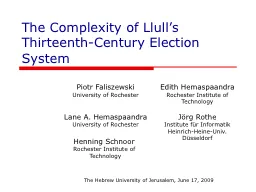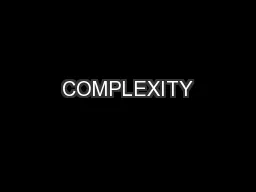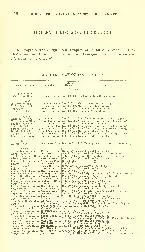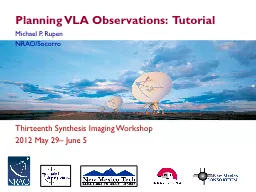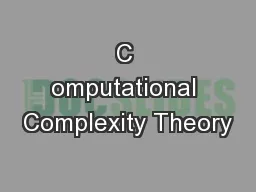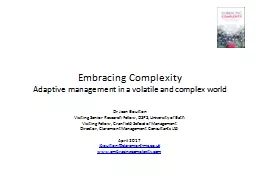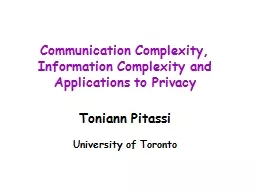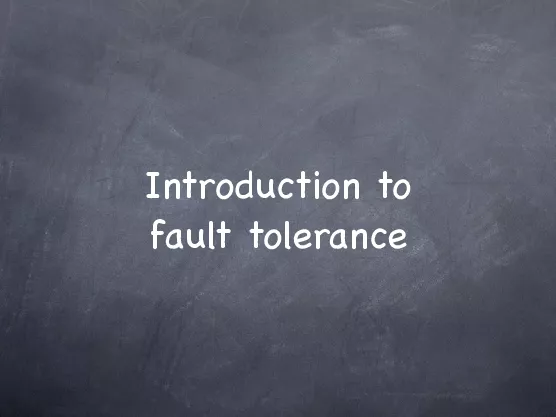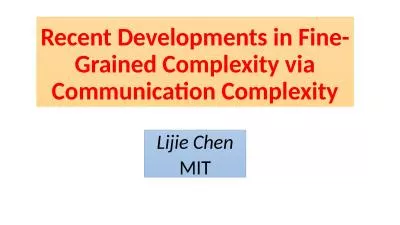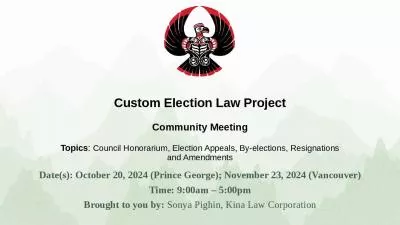PPT-The Complexity of Llull’s Thirteenth-Century Election Sys
Author : cheryl-pisano | Published Date : 2016-02-24
Piotr Faliszewski University of Rochester J ö rg Rothe Institute f ü r Informatik HeinrichHeineUniv D ü sseldorf Lane A Hemaspaandra University of Rochester Edith
Presentation Embed Code
Download Presentation
Download Presentation The PPT/PDF document "The Complexity of Llull’s Thirteenth-C..." is the property of its rightful owner. Permission is granted to download and print the materials on this website for personal, non-commercial use only, and to display it on your personal computer provided you do not modify the materials and that you retain all copyright notices contained in the materials. By downloading content from our website, you accept the terms of this agreement.
The Complexity of Llull’s Thirteenth-Century Election Sys: Transcript
Download Rules Of Document
"The Complexity of Llull’s Thirteenth-Century Election Sys"The content belongs to its owner. You may download and print it for personal use, without modification, and keep all copyright notices. By downloading, you agree to these terms.
Related Documents

